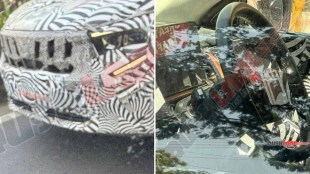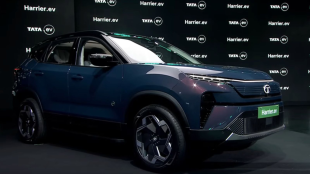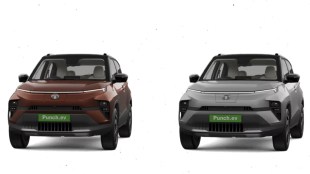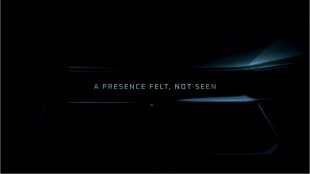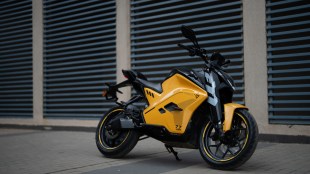By Sandeep Budki
India is ramping up efforts to tackle its long-standing road safety crisis with the help of technology. In a significant regulatory shift, the ministry of road transport and highways (MoRTH) has proposed a new rule mandating the inclusion of advanced driver assistance systems (ADAS) in all new passenger vehicles designed to carry more than eight people starting April 2026.
The draft notification, issued earlier this year, requires vehicles to be equipped with advanced emergency braking systems (AEBS), driver drowsiness and attention warning systems (DDAWS), and lane departure warning systems (LDWS). Existing models must comply by October 2026. MoRTH has also recommended updates to the Central Motor Vehicle Rules (CMVR) to include blind spot monitoring systems in trucks and buses.
Even before regulations come into effect, several businesses and automakers in India are deploying AI-powered monitoring technologies to improve road safety and reduce accidents caused by fatigue or distraction. Netradyne’s Driver•i platform uses computer vision and edge computing to analyse 100% of the drive in real-time. “Netradyne has redefined fleet safety by shifting from reactive monitoring to proactive, AI-powered intervention,” said Durgadutt Nedungadi, senior VP—EMEA & APAC at Netradyne.
The Netradyne solution uses advanced cameras and computer vision to analyse driving behaviour in real-time. “It identifies and responds to risky behaviours—fatigue, distraction, over-speeding—as they happen by delivering in-cab alerts,” Nedungadi said. Company data shows that 32% of drivers are distracted at least once daily, often due to phone use or multitasking. Fatigue and tailgating are also commonly observed, particularly during in long hauls. “These patterns are consistent across geographies. But by identifying them in real time, we can address them before they lead to accidents,” he revealed.
A key differentiator of Netradyne’s offering is the GreenZone Driver Scoring System, which flags risky behaviour while also recognising safe driving habits. It has also introduced Safety Manager Assistant, an AI-tool that allows fleet managers to query data through natural language. “This type of human-AI collaboration is the future of fleet safety,” Nedungadi added.
An early adopter of such logistics technology is Nestle India; the company is piloting and scaling AI-powered dashcams and telematics systems. “All our dedicated fleets are equipped with AI dash cameras and ADAS, and we plan to expand these to our hired fleets as well. These systems detect fatigue and other unsafe behaviours, and support two-way communication and real-time video streaming,”a Nestle spokeperson said.
Beyond monitoring, predictive analytics tools also coach drivers. “Dashcams share alerts to prevent accidents,” the spokesperson said. “Predictive analytics generate driver behaviour scores for counselling. Our ‘Track and Trace’ tool gives weather and route updates to help drivers navigate safely.”
Nestle has also made India-specific adaptations to improve adoption. “We use the ‘Humsafer’ app from GoodMind to generate driver scorecards linked to our rewards programme. We also work with NGOs like Eicher Foundation and Sightsavers India to conduct eye testing camps and financial literacy walkthroughs to support driver well-being,” the spokesperson said.
Luxury automaker Mercedes-Benz India has also been investing in ADAS and AI technology. “Mercedes-Benz prioritises a human-centric approach, focusing on enhancing the driving experience rather than intrusive monitoring,” said Santosh Iyer, the MD & CEO. He added that the ADAS features are intuitive, respectful of the driver’s space and focused on empowering the driver.
As road safety landscape evolves, Iyer said these technologies will soon be universal. “Given India’s complex driving conditions, AI-powered monitoring will become essential across all segments in the country,” he added.


